
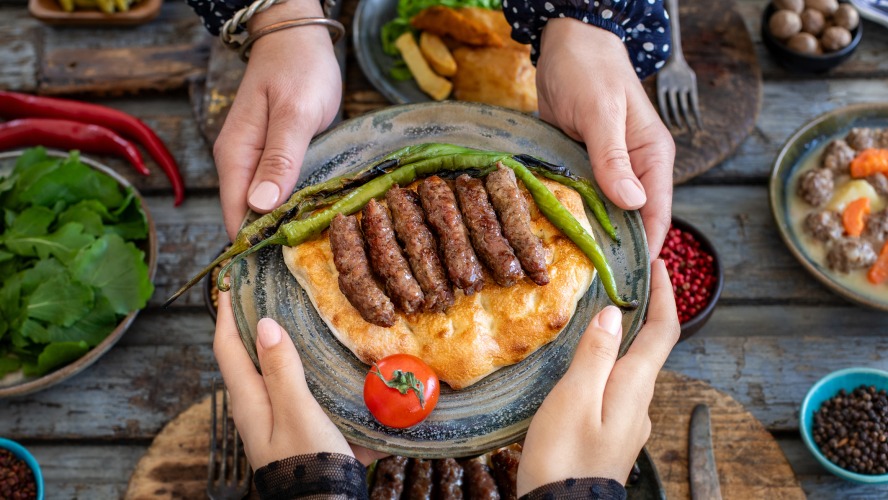
Ćevapi (plural of ćevap), one of the most beloved dishes in the Balkans, holds a special place in Serbian cuisine. These small, flavorful, grilled sausages made from minced meat are typically served with warm flatbread, onions, and a side of ajvar or kajmak. Although ćevapi is enjoyed across many Balkan countries, Serbia has its own rich history and unique take on this iconic dish.
Let’s dive into the origins of Serbian ćevapi, explore the traditional recipe, and discover some interesting facts about this popular street food.
The Origins of Ćevapi in Serbia
Ćevapi is a dish with deep historical roots, dating back to the time of the Ottoman Empire. The word “ćevap” itself is derived from the Persian word “kebab,” which refers to meat cooked over an open fire. The Ottomans introduced this culinary tradition to the Balkans during their centuries-long rule, and over time, the dish evolved and became an integral part of the local food culture.
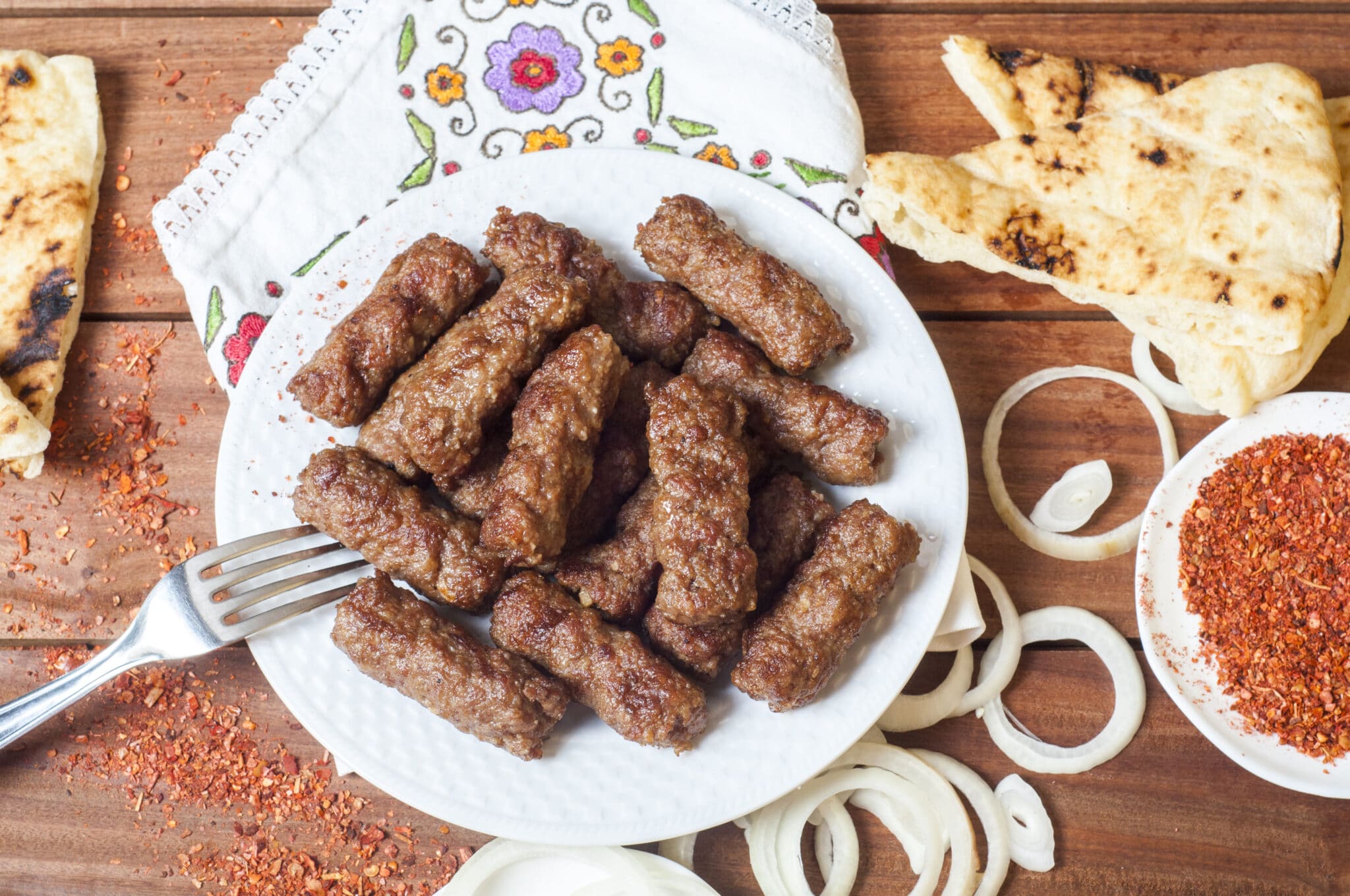
In Serbia, ćevapi became widely popular in the 19th century, particularly in urban centers such as Belgrade, where it was sold as street food in local marketplaces. The Ottoman kebab initially influenced the dish, but as it spread, the Serbs added their own twists, using local spices and meats to create a unique flavor profile that distinguishes Serbian ćevapi from other Balkan varieties.
Traditional Serbian Ćevapi Recipe
The preparation of Serbian ćevapi may seem simple, but achieving the perfect balance of flavors and textures requires attention to detail. Here’s a traditional recipe for making authentic Serbian ćevapi at home.
Ingredients:
- 500g ground beef (you can also use a mixture of beef and lamb or pork)
- 1 small onion, finely minced
- 3 cloves garlic, minced
- 1 teaspoon salt
- 1 teaspoon black pepper
- 1 teaspoon baking soda (for tenderness)
- 1 teaspoon paprika (optional)
- 1 tablespoon mineral water (for extra moisture)
Instructions:
- Prepare the Meat Mixture: In a large bowl, combine the ground meat, minced onion, garlic, salt, pepper, and optional paprika. Add the baking soda and mineral water, which help keep the meat tender and juicy. Mix the ingredients well, kneading the meat mixture for several minutes to ensure everything is fully incorporated.
- Shape the Ćevapi: Once the mixture is well combined, cover the bowl and refrigerate for at least an hour (or overnight) to allow the flavors to meld. After chilling, shape the meat mixture into small, cylindrical sausages about 2-3 inches long.
- Grill the Ćevapi: Heat a grill or cast-iron pan to medium-high. Lightly oil the surface and place the ćevapi on the grill. Cook them for about 5-7 minutes per side, turning frequently until they are golden brown and cooked through.
- Serve: Serve the grilled ćevapi with warm flatbread (known as lepinja in Serbia), chopped onions, and a side of ajvar (a roasted red pepper relish) or kajmak (a creamy dairy spread).

This simple yet flavorful dish is enjoyed by people of all ages and is often served at family gatherings, street food festivals, and casual outdoor grilling events across Serbia.
The legendary British celebrity chef Jamie Oliver released his own recipe for a FAMOUS SERBIAN SPECIALTY. If you want to see how Jamie prepares ĆEVAPI and makes AJVAR, click here.
Interesting Facts About Serbian Ćevapi
- Regional Variations: While the base ingredients and cooking methods remain the same, there are regional variations of ćevapi across Serbia. In Belgrade, for example, ćevapi are often made with a mixture of beef and pork, while in other parts of Serbia, lamb is sometimes used. Each region also has its own preferred ratio of spices and meat.
- The Iconic Serving Style: In Serbia, ćevapi are traditionally served in a warm flatbread (lepinja) with generous amounts of chopped onions. It’s common to see vendors in local markets selling ćevapi as a quick and satisfying street food. Many Serbs also enjoy ćevapi with side dishes like ajvar, a tangy red pepper spread, or kajmak, a rich dairy product similar to clotted cream.
- A Symbol of Serbian Hospitality: In Serbia, grilling ćevapi is more than just a way to prepare food—it’s a social event. Barbecuing (known as “roštilj” in Serbian) is a beloved tradition, and ćevapi are often at the center of family barbecues and celebrations. Hosting a gathering where ćevapi are served is a way of showing hospitality and sharing in a communal experience.
- Ćevapi’s Global Appeal: While ćevapi is a traditional dish in Serbia and other Balkan countries, it has gained popularity beyond the region. Serbian diaspora communities have introduced this dish to different parts of the world, particularly in the U.S., Canada, and Australia, where Serbian restaurants serve it to locals and expats alike.
- Ćevapi and Beer Pairing: In Serbia, ćevapi is often paired with beer, making it a perfect match for a casual night out or an afternoon grill session. The savory, spiced flavor of the meat complements the light, refreshing taste of a cold Serbian beer, enhancing the dining experience.
- Festival Favorite: Ćevapi are frequently featured at Serbian food festivals, particularly during the “Roštiljijada” in Leskovac, a popular grill festival that attracts thousands of visitors each year. During the festival, grill masters compete to cook the best ćevapi, and large portions are served to eager attendees.
- Cultural Significance: For many Serbs, ćevapi is not just food but part of the national identity. It represents a culinary tradition passed down through generations, with each family often having their own secret recipe or grilling technique.
Conclusion
Serbian ćevapi is more than just a dish—it’s a cultural experience that reflects the country’s rich history and vibrant food culture. From its origins as an Ottoman kebab to its place as a beloved street food in modern-day Serbia, ćevapi remains a staple in Serbian cuisine. Whether enjoyed at a bustling food market in Belgrade or during a family barbecue, ćevapi brings people together with its simple yet irresistible flavor. Now that you know its history, original recipe, and some interesting facts, you can appreciate this humble yet iconic dish on a deeper level.
Next time you find yourself in Serbia, make sure to try a plate of authentic ćevapi—served hot off the grill with a side of onions and flatbread, it’s a meal that’s as flavorful as it is steeped in tradition.
Related Articles

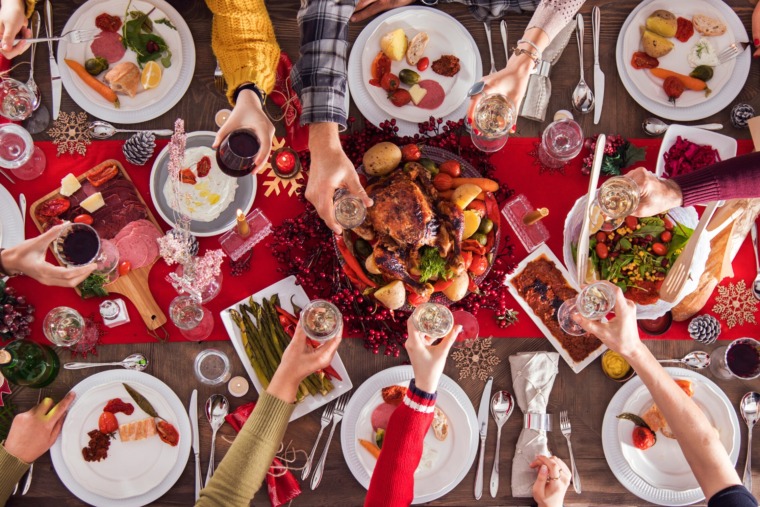
10 Dishes That Must Be on a Serbian New Year’s Table
December 24, 2025
Tourist Holiday Guide to Serbia: Tips, Traditions & What to Expect
December 20, 2025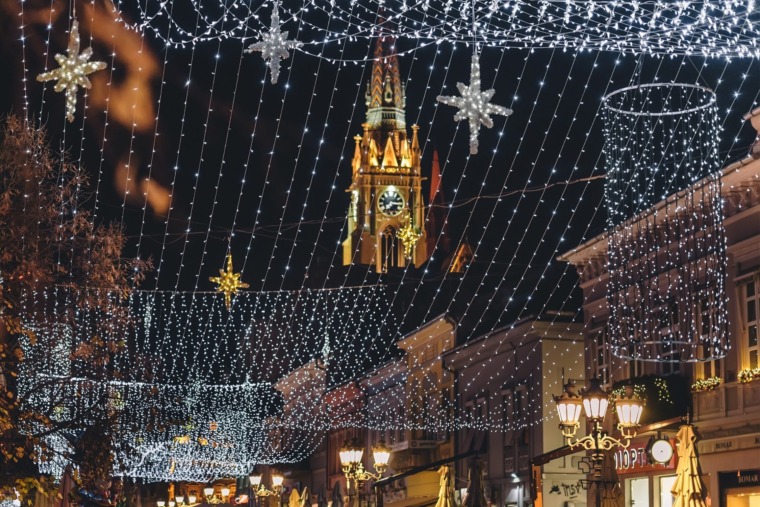
Snow-Free Serbia Travel Ideas for 2026
December 17, 2025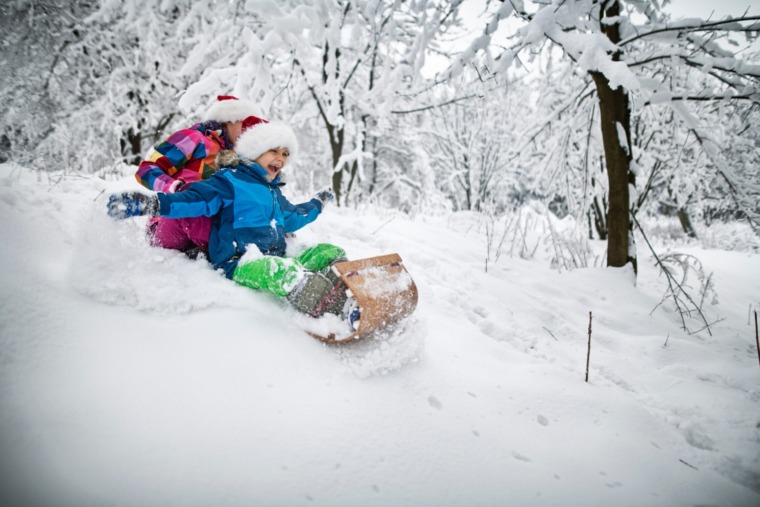
What to Do with Kids in Serbia: Family-Friendly Holiday Ideas
December 14, 2025




